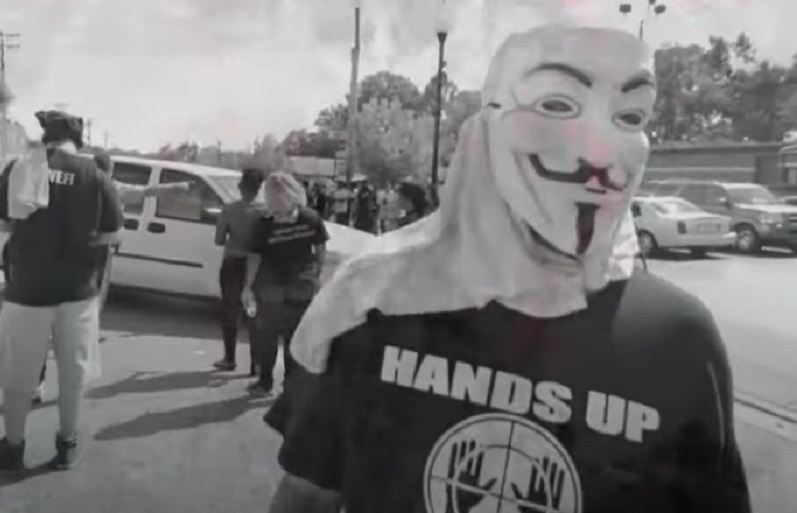
The ludicrous commentary by celebrities about recent officer-involved shootings is an extreme example of the lack of knowledge of physics and human capacity as it relates to officer decision-making. The same tired arguments and misunderstandings have been going on for years. Some common topics arise when lay persons talk about police use of force, and most of them are erroneous in fact or interpretation. Here is a sample.
Clue # 1 They include the Trayvon Martin case in examples of police shootings. Martin was shot by a neighborhood watch coordinator in what a jury later accepted as self-defense. The controversy regarding police was their initial conclusion that it was a case of self-defense. The shooter, George Zimmerman, was a mixed-race 28 yr old whom the press managed to call a white male in order to emphasize the potential for a racially charged story.
Trick question to test the amateur activist: How many times did the cops shoot Trayvon Martin? If the answer isn’t “zero”, the person doesn’t know what they are talking about.
Clue # 2 They include Michael Brown as an example of an innocent black teenager shot without justification by a white police officer.
Brown, always referred to as an “unarmed black teenager”, was 18 years old, nearly 300 pounds, and was 6’4” tall. Hardly the image of the headphone wearing Facebook photo pushed in the press. Brown, who had just walked away from a strong-arm robbery caught on video in which he shoved an elderly shopkeeper (who was Asian – but Asian victimization had’t yet become a newsworthy trend) in order to steal cigars to modify for marijuana use. When confronted in a lawful contact by police officer Darren Wilson, Brown approached Wilson who was still seated in his patrol car when Brown wrestled to take control of Wilson’s service weapon. This was confirmed by forensic evidence. Failing that, Brown attempted to flee, ignoring Wilson’s attempts to take him into custody, and Wilson shot Brown. All forensics verified this account.
Trick questions to test the activist’s knowledge:
1. How many times was Brown shot in the back? Answer: zero
2. Who was the first person believed to have started the story that Brown was surrendering with his hands up saying “Don’t shoot”? Answer: Dorian Johnson, who was arrested on a warrant from another jurisdiction on a what charge? Making a false statement to police during an earlier arrest for theft. He later admitted that his initial statement was untrue.
3. How many autopsies were there on Brown relative to the shooting case? Answer: 3 – all of which confirmed the Wilson’s narrative.
4. What was Wilson convicted of after the shooting? Answer: After a grand jury, federal investigation, internal investigation, and intense public and media scrutiny, there was zero evidence of wrongdoing of any sort by Officer Wilson. None.
Clue # 3 They are still dredging up the Rodney King arrest.
Trick questions:
1. How many officers are still around from the Rodney King era? Answer: It was 1991, a rookie hired that year is likely already retired. Stacey Koon is 70 years old now. Laurence Powell is 60. What other profession is judged by its members from the previous generation?
2. In the Rodney King arrest, there were 56 baton blows alleged. How many of those blows were ultimately found to be excessive? Answer: None, according to the first jury trial, and one or two in the subsequent federal case. Recent research on reaction time might have negated even that finding.
Clue # 4 They never consider the accountability of the alleged victim.
Trick questions:
1. What is the appropriate response when confronted with a weapon capable of killing you or others near you or those in the path of that person’s escape? If they say “talk them out of it”, “shoot them in the leg”, or “use your Taser”, they’ll need to spend half a year in the police academy and two years on patrol before they understand differently. They could also read the peer-reviewed research on the rarity of police use of force, and the multiple findings that fail to show race bias in police use of deadly force.
2. What is the law in every state about complying with an order by a police officer and submitting to an arrest? Answer: You must. It solves all kinds of problems and avoids your getting shot.
I applaud activism, sound journalism, and police accountability. What saddens me is public opinion and activism based on prejudice, ignorance, and cemented conspiracy theories. It is shameful that media analysis, legislation, and policy is so often based on that same ignorance.